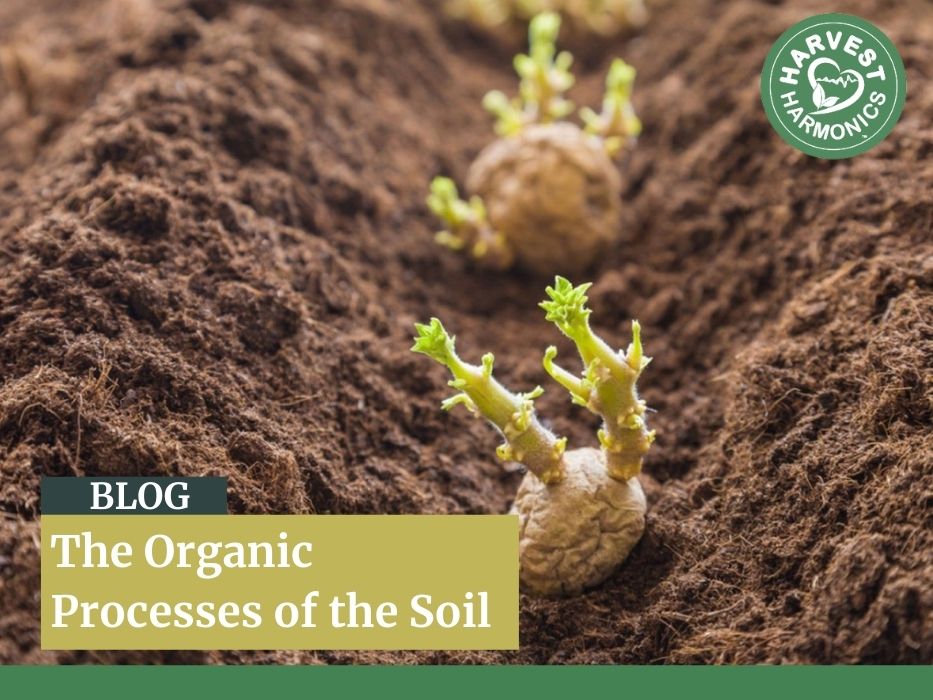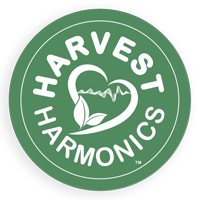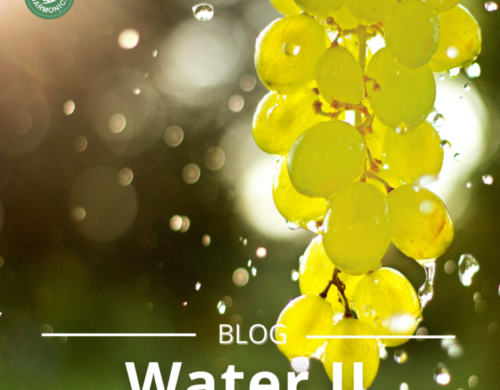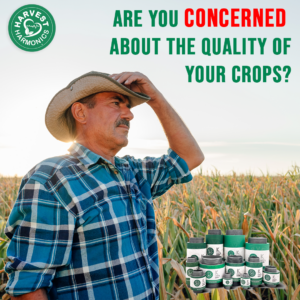The Organic Processes of the Soil

Soils are characterized by being poor in nutrients or presenting deficiencies in some of them, so the maintenance of high levels of organic matter contributes through biological cycles, to constitute a biodeposit of nutrients, as well as to contribute to the capacity of cation exchange.
The productivity of a sustainable agricultural system is closely linked to the magnitude and efficiency of the use of nutrients, and the reduction of their losses, which can be reduced, but not eliminated, since processes such as volatilization, fixation and immobilization of nutrients, to name a few, cannot be totally eliminated.
The use of plant residues as such or incorporated into the soil can help reduce erosion losses by keeping it covered, while increasing the rate of incorporation of organic matter.
The production of compost from crop residues, household waste, manure and other locally available organic residues is another important strategy for the recycling of nutrients. Compost is the final product of the decomposition of organic matter by soil microorganisms and constitutes an organic fertilizer that fulfills a double function: it contributes to improving its structure and provides nutrients; its organic acids make the nutrients in the soil more available to the plant.
Similarly, the use of the earthworm for the transformation of organic waste into humus and its incorporation into the soil as organic fertilizer is a practice that allows the life of the soil to be intensified due to the abundant microbial flora it contains. The earthworm humus is a biological stimulator of soil fertility due to the balanced contribution of vitamins, enzymes, auxins, macro and micro elements, fulvic and humic acids that with its application is achieved.
Macros and micro elements can be radically assimilated, while enzymes, vitamins and auxins exert their function in the rhizosphere and at the same time stimulate the development of concurrent microorganisms in that area.
Mineralization is the decomposition of humus, coming from both composting and vermiculture processes and natural transformation phenomena in soils, in addition to giving rise to the formation of products or substances assimilated by plants (ammonium, nitrates and mineral substances). As a process, it is a biological oxidation in the presence of calcium (Ca) and phosphorus (P) that occurs slowly. It is carried out by highly specialized organisms and takes place under suitable conditions of humidity, pH, temperature and the presence of oxygen.
Fulvic acids appear as an initial result of the biological oxidation of organic matter and, in the presence of calcium, phosphorus, potassium and nitrogen, they are in turn biotransformed into humic acids that are subsequently degraded to become the aforementioned nutritional substances. An excess of calcium, a product of liming in the soils, which is associated with pH values higher than 8 units, causes the retransformation of this chemical species to fulvic acids again and stops the mineralization process. This situation draws attention to the need to take into account the characteristics of the soils before applying organic matter to them.
The increase in the biological fixation of atmospheric nitrogen by the use of bacteria-based biopreparations (Rhizobium, Bradyrihzobium, Azotobacter, Azospirillum, etc.) that allow supplying part of the nitrogen that plants need, as well as the use of other microorganisms capable of solubilizing fixed or non-assimilable phosphorus from soils are effective alternatives to maximize the use of nutrients by plants.
There are many commercial versions of these products and their use is already a common practice in modern agriculture. Their choice depends on the edaphoclimatic conditions in which they must exert their effect and the management possibilities available to the producer.
The application of organic matter to the soil must not only respond to the need to guarantee the improvement and / or conservation of this natural resource: it must also take into account the nutritional consumption of the plant species to be cultivated, so that it is equally valid by the net contribution of elements that is obtained.
Thus, the nutritional richness of the different organic sources used in agriculture must be taken into account. In this regard, cachaça, worm humus and manures of various origins are among the most widely consumed and recognized materials.
Press Room

Agricultural Technology for Farmers in India
Harvest HarmonicsTM New Biophysics Agricultural Technology For Farmers In India The Agricultural Biophysics technology, 20…
1

Organic Earth Tech, OETI, Launches One Million Dollar Technology
After hurricanes Maria and Irma, Puertorrican farmers are yet to receive the needed aid to recover. Organic Earth Tech…
0

Produce More From Less
CEO Harvest Harmonics Frank Arlia speaking at Replenish. Earth interview by Tia Kansara – London Climate Action Week. How…
0

Replenish Earth and the Environmental RE Talk Series
Replenish Earth and the environmental RE Talk Series event that reunited the top thinkers in the world Harvest Harmonics…
1
Related Posts
2024 India Just Agriculture Frank’s presentation
https://www.youtube.com/watch?v=g_4vdtXBVsA&ab_channel=HarvestHarmonics The Crop Booster by Kyminasi Plants consists of...


